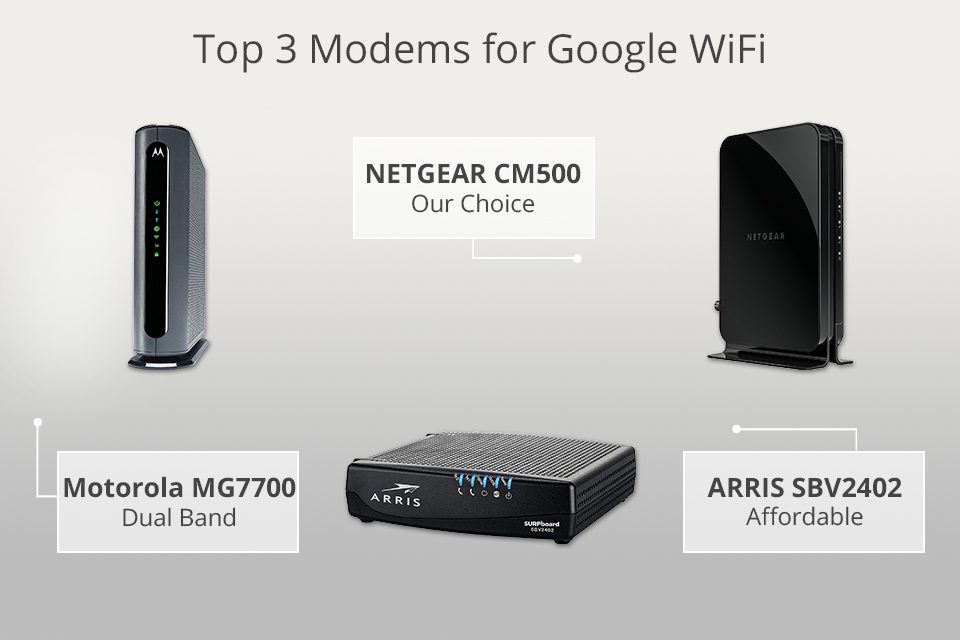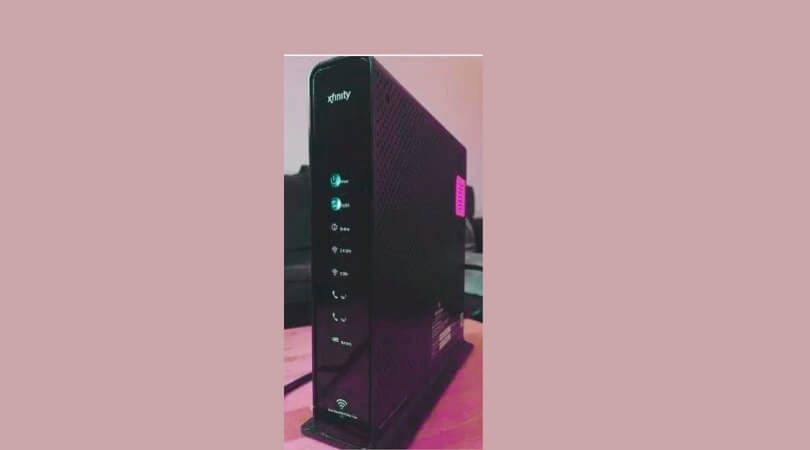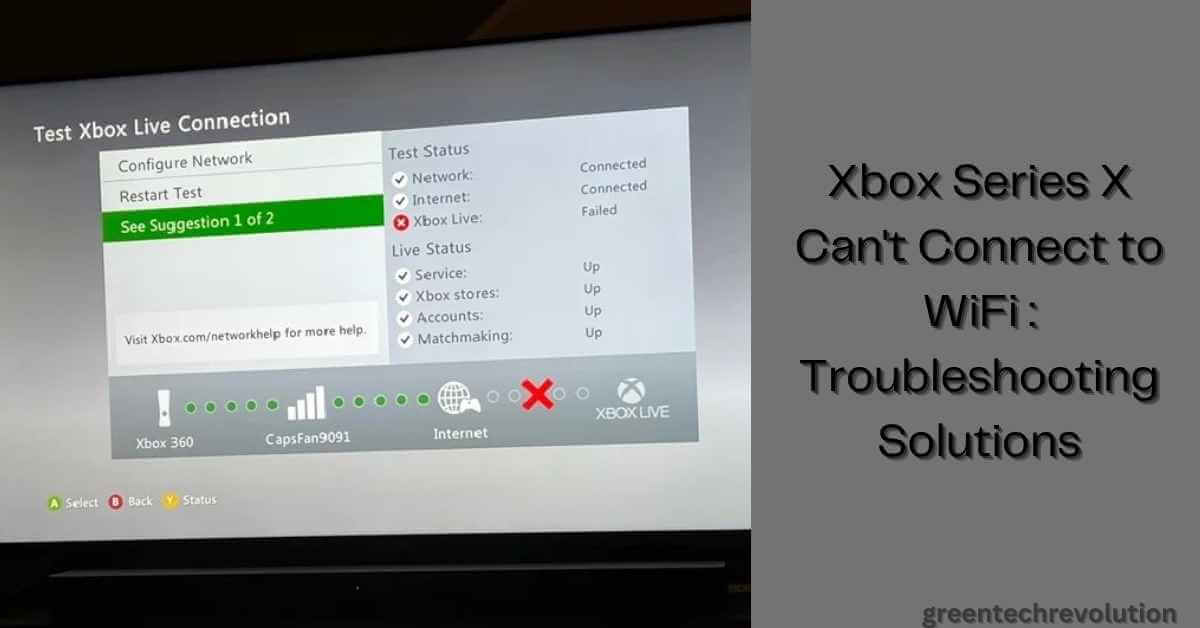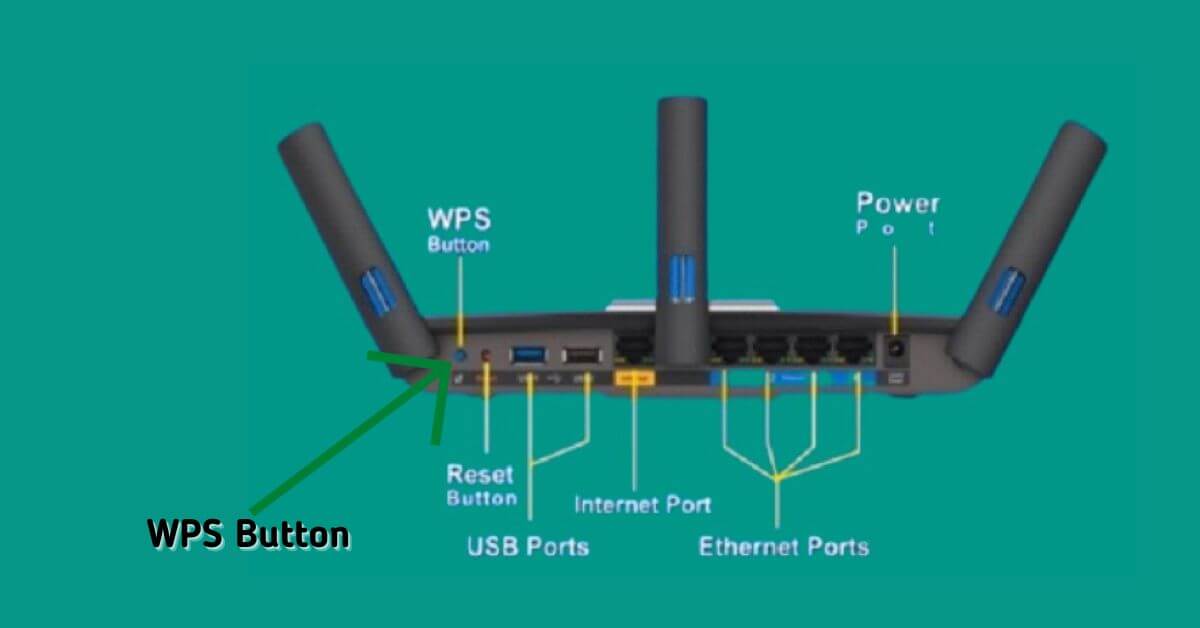A white blinking light on your router indicates that it is functioning properly and exchanging data with other devices. This light usually blinks when there is internet traffic, data transfer or firmware updates happening on the router.
Routers are essential devices that serve as a central point for all your internet-connected devices. The white blinking light on your router means that your device is connected and is actively communicating with other devices on the network. It is a good sign that your router is functioning properly and there are no major issues affecting its performance.
If you’re experiencing internet connection issues or your router’s light turns red, yellow or off, it could mean that there is some problem with the device or with your internet service. Further troubleshooting might be required to identify and resolve the issue.

Credit: www.reddit.com
What Does A White Blinking Light Mean?
Definition Of White Blinking Light
If you are concerned about what the white light blinking on your router means, then you have come to the right place. But first, let’s define what a blinking light is. A blinking light on your router refers to a visible signal that shows the router’s activity status.
It provides feedback on what the router is doing and helps troubleshoot any issues you might be having.
Possible Reasons For White Blinking Light
When the light on your router is blinking white, it indicates that your device is trying to establish a connection with the internet. Below are some possible reasons why you are experiencing a white blinking light on your router:
- Internet outages or network congestion
- Loose connection between devices
- Invalid credentials, such as an incorrect username or password
If you have tried troubleshooting these issues and the white blinking light persists, you should contact your internet service provider for further assistance.
How To Identify A White Blinking Light
Identifying a white blinking light is relatively easy. A white light on your router that blinks steadily indicates that your router is in the process of establishing a connection to the internet. Therefore, it would help if you monitored it until it becomes solid, indicating that your router has successfully connected to the internet.
A white blinking light on your router is a sign that your device is attempting to establish an internet connection. By understanding the possible reasons for the white blinking light and how to identify the blinking light, you can troubleshoot the issue and ensure that your router has an active connection to the internet.
Understanding Router Lights
Importance Of Understanding Router Lights
Routers play a crucial role in our daily lives by providing access to the internet. One notable aspect of routers is their blinking lights, which many people ignore. However, understanding router lights is vital, and here’s why:
- Router lights serve as indicators of your router’s condition and activity.
- By observing router lights, you can quickly identify and troubleshoot network problems, such as connectivity issues, unauthorized access, and slow internet speeds.
- Knowing your router lights can also help you optimize your network for better performance.
Overview Of Router Light Colors
Routers have different colored lights that indicate various aspects of the device’s status and activity. Here’s a summary of what each light color means:
- Power light: This light indicates if the router is receiving power and functioning correctly. If this light is off, then your router is not receiving power, and you should check the power supply and connections.
- Internet light: This light shows if your router is connected to the internet. If this light is off, you could have an internet connection problem.
- Wired/wireless light: This light indicates the status of your wired or wireless network connections.
- Lan lights: These lights show the status of the ethernet connections to devices you have connected to your router.
Explanation Of Router Light Patterns
Apart from colors, router lights also flash/pulse in various patterns, which provide information about the router’s activity and status. Here are some common patterns and what they signify:
- Steady light: A steady light indicates that the router is on and functioning correctly.
- Blinking light: A blinking light signifies that something is happening, such as when data is being transmitted or received.
- Rapid blinking: This can indicate a problem with the connection or device. Consider resetting the router and checking the connections.
- No light: No light indicates that there is no power or an issue with the router.
How To Identify Router Lights
To identify router lights:
- Locate the router’s lights on the front or back panel.
- Check the label under the lights, if any, to determine the function of each light.
- Observe the color and pattern of the lights to understand the router’s condition and activity.
Ultimately, understanding your router lights can help you better troubleshoot issues, optimize your network settings, and improve your overall internet performance. So, pay attention to your router lights, and enjoy better internet connectivity.
Troubleshooting White Blinking Light
Importance Of Troubleshooting
When your router’s led light starts blinking white, it indicates that there’s an issue with your device. Ignoring the problem can lead to connectivity problems and make it challenging to access the internet. Troubleshooting the cause of white blinking light is crucial for keeping your router working correctly.
Here are the key points to keep in mind when it comes to troubleshooting your router:
- Identifying the source of the issue can save you time and money
- Fixing the problem quickly prevents connectivity issues
- Troubleshooting can also help you learn more about your router and how it works
Common Solutions For White Blinking Light
Blinking white lights on routers usually signal a connectivity issue. Here are a few common solutions you can try before resetting your router:
- Check to ensure that all cables are firmly connected
- Verify that your modem is working correctly
- Check if your router is broadcasting a wi-fi signal
- Reset the network settings on your device
These simple solutions might resolve the white blinking light issue, allowing you to continue using your network without any interruptions.
How To Reset The Router
Resetting your router can quickly resolve many connectivity issues, including white blinking light problems. Follow these instructions to reset your router:
- Locate the reset button on the router
- Use a paperclip or pin to press and hold the reset button
- Hold the reset button for about 10-15 seconds
- Wait for the router to restart
After resetting your router, you may need to reconfigure your network settings.
How To Update Router Firmware
Updating your router’s firmware can enhance its performance and fix bugs that may be causing the white blinking light issue. Here’s how to do it:
- Access your router’s configuration page
- Navigate to the firmware update section
- Download the latest firmware version from the manufacturer’s website
- Upload the latest firmware version onto your router
- Wait for the process to complete
Updating your router’s firmware ensures that you’re using the most recent software, which usually includes bug fixes and security updates.
Experiencing white blinking light on your router indicates an underlying problem that should be addressed immediately. Troubleshooting the issue through common solutions, resetting, or updating your firmware can resolve the issue and keep your router functioning properly.
Possible Reasons For White Blinking Light
A blinking white light on your router is a sign of some trouble. Without proper diagnosis, it’s hard to determine the issue. Let’s consider the possible reasons why your router is blinking white.
Connection Issues
A weak or unstable connection can cause the white blinking light on your router. Here are some reasons why the connection might be problematic:
- Loose cables or incorrect wiring.
- Network connectivity issues.
- Service provider issues.
Hardware Problems
Router malfunctioning can result in the white blinking light issue. Hardware problems can be caused by:
- Overheating
- Faulty wiring
- Power surges or outages
Firmware Updates
Like other devices, routers require software updates. An outdated firmware version might cause problems and the white blinking light on your router. It could be due to:
- An outdated firmware version
- Malfunctioning updates
- Incomplete installation of firmware updates.
Network Congestion
Heavy network congestion can lead to connection issues, causing the white blinking light on your router. Congestion can be a result of a high number of devices connected to the network or third-party applications that are consuming too much bandwidth.
Keep in mind that the aforementioned reasons are not the only ones that might lead to a white blinking light, but they are the most common ones. To avoid such issues, keep your router in a well-ventilated place, update its firmware regularly, and don’t overload your network with too many devices.
Remember, a white blinking light on your router is a sign that your network is experiencing problems. Understanding the possible causes and how to troubleshoot them can save you time and prevent further issues.
Connection Issues
Overview Of Connection Issues
Having a stable internet connection is crucial in our day-to-day activities. Various issues could lead to a router blinking white. The most common issue is a connection problem. This happens when the router is unable to establish a connection to the internet.
Fortunately, there are several ways to fix this issue.
Symptoms Of Connection Issues
Identifying the symptoms of a connection problem can help you troubleshoot the issue promptly. Here are some symptoms that your router may be blinking white due to a connection problem:
- Loss of internet connectivity.
- Inability to connect to the internet.
- Pages loading slowly.
- Constant buffering while streaming.
- Frequent disconnection from the internet.
Possible Solutions For Connection Issues
A connection problem could result from various factors. Therefore, identifying the underlying cause will enable you to solve the issue effectively. Here are some possible solutions to connection issues:
- Ensure that the ethernet cables are perfectly connected.
- Restart your router, which may often help solve the problem.
- Run a malware scan on your device to identify any potential malware issues.
- Contact your internet service provider (isp) for assistance.
Troubleshooting Connection Issues
If the above solutions do not work, it’s time to troubleshoot the issue. Follow these steps to troubleshoot a connection problem:
- Confirm that other devices connected to the router are experiencing similar issues.
- Check if the problem affects both wireless and wired connections.
- Confirm that your device is connected to the correct wireless network.
- Disable the router firewall temporarily to determine if this is the root cause of the issue.
Connection issues could cause your router to blink white. Identifying the symptoms and troubleshooting the problem is vital to restore your internet connection. Try all possible solutions before contacting your isp for further assistance.
Hardware Problems
Overview Of Hardware Problems
When your router blinks white, it could be an indication of a hardware problem. Hardware problems arise when there is a physical issue with the router. These can include loose cables, faulty routers, or damaged power adapters. Identifying hardware problems in a router is crucial as this issue affects connectivity, speed and performance of the router.
Symptoms Of Hardware Problems
There are several symptoms of hardware problems to watch out for, such as:
- Router not turning on properly or not connecting to the internet even after restarting.
- Inconsistent connectivity or poor network performance even after a factory reset.
- Led lights on the router malfunctioning or not illuminating when plugged in.
- Heat emanating from the router or adapter.
Possible Solutions For Hardware Problems
If you notice any of these symptoms, here are some possible solutions to the hardware problem:
- Check the power adapter to ensure it is working correctly and adequately plugged in.
- Inspect all cables and make sure they are properly connected to the router.
- If the router is malfunctioning, consider purchasing a new one.
- Make sure to put the router in a cool and dry environment, to avoid overheating.
Troubleshooting Hardware Problems
If none of the above solutions work, it is time to troubleshoot the device further. Here are some additional steps to take:
- Check whether the firmware is up to date. If not, update the firmware.
- Reset the router to its default settings.
- Contact customer support for technical assistance.
Understanding and troubleshooting hardware problems is necessary to keep your router running smoothly and efficiently. Be aware of the symptoms, try the possible solutions, and if nothing works, don’t hesitate to seek professional help or purchase a new router.
Firmware Updates
Overview Of Firmware Updates
Firmware updates are essential for the smooth functioning of your router. Firmware is software installed on your router that manages how it operates, and it needs to be updated periodically. Manufacturers update firmware regularly to add new features, fix bugs, and improve security.
Importance Of Firmware Updates
Updating your router’s firmware is crucial to ensure that it works efficiently. Here are some of the reasons why firmware updates are essential:
- Security: Firmware updates close vulnerabilities that hackers can exploit. Not updating your router’s firmware puts you at risk of being hacked or your data being stolen.
- Improved features: Manufacturers release firmware updates to add new capabilities and improve your router’s performance. By updating firmware, you can enjoy these new features and enhancements.
- Bug fixes: Firmware updates fix issues and bugs in the router’s software, leading to fewer crashes, better speed, and more extensive coverage.
- Compatibility: Firmware updates ensure that your router is compatible with new devices and software. If you have problems connecting to new devices, updating firmware can resolve these issues.
Symptoms Of Firmware Issues
Outdated firmware can cause several problems with your router. Here are some of the symptoms of firmware issues:
- Slow internet speed: An outdated firmware can cause slow speeds or lead to disconnections during heavy traffic.
- Unstable router: If your router continually disconnects or needs to restart to function correctly, it might be suffering from firmware issues.
- Security issues: Hackers can exploit outdated firmware versions to gain unauthorized access to your router or steal your data.
- Decreased coverage: Outdated firmware can cause a decrease in the router’s coverage area.
Possible Solutions For Firmware Updates
Here are a few possible solutions for firmware updates:
- Check the manufacturer’s website: Visit the manufacturer’s website to check if there’s a new firmware update available for your router.
- Router’s interface: Most routers have an interface that allows users to update the firmware manually.
- Automatic updates: Some routers come with automatic update features that download and install the new firmware as soon as it is available.
- Contact the manufacturer: If you’re having trouble updating the firmware on your router, consider contacting the manufacturer for assistance.
Remember to regularly check for firmware updates and keep your router’s firmware up-to-date. By doing so, you can enjoy better performance, improved security, and avoid any potential issues.
Network Congestion
Overview Of Network Congestion
Network congestion is a common problem that occurs when there is an overload of data on a network. This causes a slowdown in the overall performance of your router and leads to blinking white lights. Network congestion can happen due to various reasons, such as too many devices being connected, overused bandwidth, and outdated hardware.
Symptom Of Network Congestion
Here are a few signs that can help you identify network congestion:
- Slow internet speed despite having a strong connection
- Presence of a lot of buffering or loading screens
- Difficulty in streaming videos or loading websites
- Frequent disconnection from the network
Possible Solutions For Network Congestion
There are various methods that can help you address network congestion. Some of them include:
- Reducing the number of devices connected to the router
- Upgrading your router’s firmware
- Qos (quality of service) settings to prioritize certain devices or applications
- Changing your wi-fi channel
- Investing in a wi-fi extender or a mesh network system to improve coverage
Troubleshooting Network Congestion
If you have tried out all the above solutions and are still facing network congestion, here are a few things you can try out:
- Contact your internet service provider (isp) to check if there are any issues
- Upgrade your internet plan to a higher bandwidth
- Invest in a new router that suits your network requirements
- Check if any of your devices are infected with malware or viruses
Network congestion can be a frustrating problem while using your router, but there are ways to tackle it. By following the possible solutions and troubleshooting methods mentioned above, you can improve your overall router performance, get back to faster internet speeds, and have an uninterrupted internet experience.
Maintenance Tips
Importance Of Router Maintenance
Your router is the primary gateway to the internet, so it’s essential to maintain it properly. Regular router maintenance ensures that your network stays secure, uninterrupted, and fast.
Best Practices For Router Maintenance
Here are some best practices for maintaining your router:
- Update the firmware: Router manufacturers often release firmware updates that fix bugs and security issues. Be sure to check for updates periodically.
- Change default username and password: Default usernames and passwords are easily accessible to hackers. Change them to unique and robust ones to ensure the security of your network.
- Keep the router in a cool and dry place: A cool and dry place prevents overheating, which can damage your router.
- Clean your router: Over time, dust can accumulate on your router and block the vents. Clean your router regularly with a soft cloth to keep it running smoothly.
How To Avoid Common Problems
So, how can you avoid common router problems such as slow internet connectivity, lagging, or dropped signals? Here are some tips:
- Power cycle your router: Restarting your router occasionally can fix connectivity issues.
- Place your router in a central location: Place your router in an open area with minimal obstructions to ensure maximum coverage.
- Use an ethernet cable: If your wi-fi isn’t strong enough to reach certain areas in your home, consider using an ethernet cable.
- Limit the number of devices: Too many devices connected to your network can cause slow internet speeds. Disconnect devices that you’re not using or consider upgrading your router.
Tips For Router Longevity
To maximize the lifespan of your router, follow these essential tips:
- Buy a quality router: Investing in a quality router saves you the trouble of replacing it frequently.
- Disconnect when not in use: Turning off your router when not in use reduces wear and tear on its components.
- Protect your router: Keep your router safe from power surges by investing in a surge protector.
By following these maintenance tips, you can keep your router running efficiently and smoothly, ensuring a seamless internet browsing experience.
Frequently Asked Questions On Why Is My Router Blinking White
Why Is My Router Blinking White?
A white blinking light could indicate various connectivity issues.
What Does It Mean When My Router Blinks White?
It could mean your router is searching for a connection. Try troubleshooting.
How Do I Fix My Router If It Keeps Blinking White?
Firstly, restart your router. Then, check your internet connection settings.
Is It Bad If My Router Blinks White?
A flashing router light usually indicates an issue for you to resolve.
Can A Blinking White Light On My Device Affect The Internet Connection?
Yes. If one component fails, the network system can fail. Check connectivity.
Why Is My Router Still Blinking White After A Few Minutes?
The router could be downloading updates, try waiting a bit longer for it to finish.
What If The White Light On My Router Keeps Blinking And Won’T Connect?
Double-check to ensure your devices are connected to a valid network. Reset your router.
How Frequently Should The Router Light Blink?
It depends on the router model. Some may flash frequently while others might remain steady.
Can I Reset My Router To Fix The White Blinking Light Problem?
Yes, resetting your router could clear out connectivity problems. Follow the instructions.
Why Does The White Light On My Router Keep Blinking After A Reset?
The router could be downloading software updates after a reset. Check your network settings, wait.
Conclusion
Seeing your router blinking white can be unnerving, but it doesn’t always mean there’s an issue. It could simply mean that it’s functioning correctly, or that there are firmware updates being installed. However, if the white blinking is accompanied by slow internet speeds or connectivity issues, it’s best to troubleshoot the problem.
The first step would be to check the router’s settings and ensure that everything is correctly configured. You could also reset the router and reconfigure it from scratch. Another possible solution is to update the router’s firmware if it hasn’t been updated in a while.
It’s crucial to keep your router updated to ensure smooth functioning and prevent security vulnerabilities. Remember, if you’re still experiencing issues, contacting your router’s customer support is always an option to get thorough assistance.









Leave a Reply
You must be logged in to post a comment.